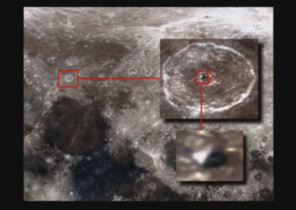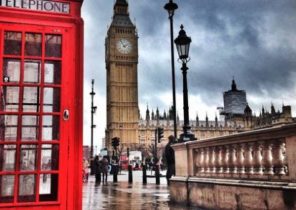You have probably already heard about Ahmade private bathrooms (Ahmaud Arbery) — in February, the 25-year-old black man shot dead in the street in Brunswick, Georgia. Initially, the Prosecutor’s office refused to press charges in the case, finding that the alleged perpetrators, father and son, Gregory and Travis Mcmanly (Gregory, Travis McMichael), both white, had used force. But then video surfaced of the incident: it Mcmikle shoot running down the street unarmed black man at close range. Now both charged with murder.
But on the Field and Lydia Marino (Paul, Lidia Marino) you’ve probably never heard of. Spouses, 86 and 85 years old, shot and killed a week ago in the cemetery of veterans in Beare, Delaware, where their son is buried, who died in 2017. Authorities still are unable to establish a motive for the murder, although a suspect was identified, is Sheldon Francis (Francis Sheldon), 29-year-old black man, later found dead after a shootout with police.
As far as I can judge from news databases and online search out of local Newspapers and television, as well as from brief notes the “new York post” (The New York Post), the death of a white couple Marino went just as unnoticed as their life. The death of Mr. private bathrooms became, in the words of those who shape public opinion, “educational moment.”
Murder and its motives were devoted millions of words. As it may be called — up to the “lynching”. We are once again reminded of unequal and degrading treatment of minorities. Said that the killing of young American blacks — an everyday reality. “Learning moment” turned into a continuous and extensive series of lectures about the deeply racist roots of America.
The whole truth about the murders we haven’t figured out. The death of Mr. private bathrooms were ugly: whatever he’s doing outside the Sunny day, as we are assured the murderers and their neighbors, the deadly bullet he clearly did not deserve. Whether the killers of a racist motive, we’ll find out.
It may well be that the murder of a pair of Marino was a random act of violence, the handiwork of a maniac or a robbery that went wrong. But as business was actually, I bet more we never hear.
Some will say that it is right and as it should be. The murder of Mr. private bathrooms much more accurately reflects the nature of race relations in America.
But from the point of view of crimes of hate, it is not. According to the latest data of the Ministry of justice, in 2018, crimes hatred of black was really twice that hate whites. But if you adjust the figures on the proportion of these ethnic groups in the U.S. population, it will mean that the blacks in these statistics is “overrepresented” at 50%, and white, on the contrary, “under-represented” by 25%.
Some argue that increased attention to white on black attacks are completely justified — according to socio-economic reasons and because of the specificity of race relations. Of course, given the history of the country and the persistence of social inequality, manifestations of racist violence by whites must be captured with high sensitivity.
But the special sensitivity we did not stop and came to a complete distortion of reality. Almost every case of violence by whites against minorities is now considered a dark cast of American States, and the cases of violence by blacks, by contrast, are ignored.
This selective and biased approach is not limited to the dominant media. It is inherent in the source itself, which is where most of us derive knowledge about the world.
Let’s experiment. Google “white shot black” and get the predictable list of articles of police abuse. But Google “white shot black” — and, curiously, will get essentially the same results. A feeling that the algorithm Google denies the possibility that black can kill white.
No honest man will not undertake to challenge the assertion that racism remains a daily reality and poisons the lives of Americans. But the systematic distortion of the facts, a very selective selection of the articles, one-sided reporting and the usual exclusion of the opposite evidence of risk only make the situation worse.







